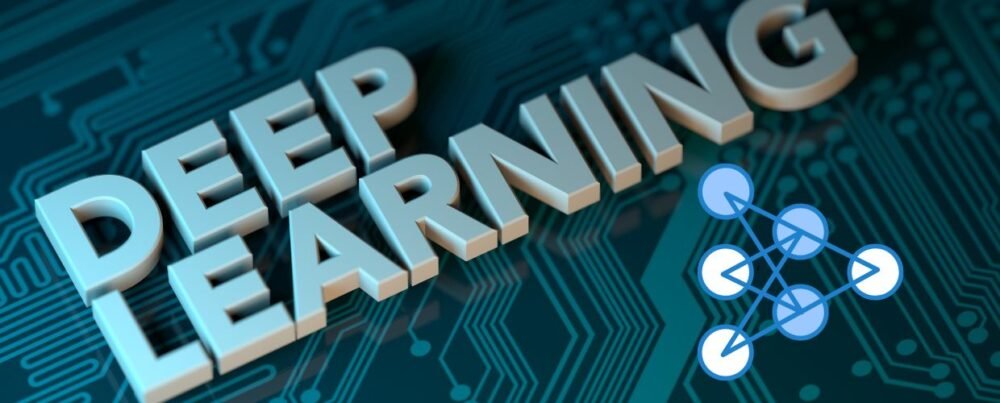In the ever-evolving landscape of artificial intelligence, one technique has emerged as the cornerstone of cutting-edge advancements: Deep Learning. It has revolutionized various fields with intricate neural networks mimicking the human brain’s processing. As we dive into the complexities and marvels of this technology, we uncover its transformative influence on industries and its potential to reshape our future.
The Essence of Deep Learning
At its core, deep learning is a subfield of machine learning that employs artificial neural networks to model and solve complex tasks. These networks, inspired by the interconnected neurons in the human brain, consist of multiple layers that process and transform data. Unlike traditional machine learning algorithms, algorithms can autonomously learn representations from data, enabling them to uncover intricate patterns that might remain hidden otherwise.
The distinguishing feature of deep learning is its ability to process massive volumes of unstructured data. This proficiency has catalyzed breakthroughs in image and speech recognition, natural language processing, and self-driving cars. Through a process known as backpropagation, models adjust their internal parameters based on the discrepancies between their predictions and actual outcomes. This iterative process gradually refines the model’s accuracy and predictive capabilities.
Deep Learning’s Odyssey
The impact of deep learning spans across diverse sectors, leaving an indelible mark on industries that once seemed untouched by automation and intelligence. Healthcare, for instance, has experienced a paradigm shift. Medical imaging diagnostics now benefit from deep learning algorithms capable of detecting anomalies in X-rays, MRIs, and CT scans with unparalleled accuracy. It translates to expedited diagnoses and enhanced patient care.
Retail and e-commerce have also undergone a significant transformation. Algorithmic recommendation systems analyze customer preferences, behaviors, and purchase histories to provide personalized suggestions. This drives sales and enhances customer satisfaction, turning browsing into a tailored experience.
Moreover, the entertainment industry has embraced deep learning to push the boundaries of creativity. AI-generated artworks and music compositions are examples of how algorithms can understand and replicate artistic styles, contributing to a new era of collaboration between humans and machines.
Balancing Potential and Concerns
As deep learning continues its triumphant march, it unfurls a tapestry of ethical and societal concerns. One pressing issue is the need for vast data to train these models. The collection and use of data can lead to privacy breaches and concerns about consent and data ownership. Striking the right balance between data utilization and individual privacy rights is a challenge that cannot be ignored.
Bias amplification is another critical matter. When trained on biased data, models can inadvertently perpetuate those biases. It poses significant challenges in sectors like finance and hiring, where fairness and equality are paramount. Addressing these biases necessitates a meticulous examination of data sources and the development of mitigation strategies.
The black box problem, too, looms large. As deep learning models grow in complexity, their decision-making processes become less interpretable. In scenarios like healthcare diagnosis or autonomous driving, understanding how these models arrive at their conclusions is crucial for accountability and trust. Research into explainable AI is key to unraveling the mysteries within these neural networks.
Charting the Deep Learning Course
In a world increasingly reliant on technology, harnessing the potential of deep learning while navigating its challenges requires a multipronged strategy.
Education plays a pivotal role. Deep learning’s growing significance underscores the need for educational institutions to offer courses and programs that cultivate an understanding of this technology. An informed populace can better appreciate its potential and make sound decisions regarding its ethical use.
Collaboration across disciplines is another cornerstone. Combining technologists, ethicists, legal experts, and policymakers fosters a holistic approach to addressing deep learning’s implications. We can craft effective regulatory frameworks and ethical guidelines through this multidimensional dialogue.
Investment in research and development is essential. The quest for explainable AI is ongoing, and advancements in this area will strengthen the trustworthiness of deep learning models. Interdisciplinary collaborations can show how these complex networks make decisions, ensuring accountability and transparency.
Conclusion
As deep learning continues to reshape our world, we find ourselves at the nexus of innovation and ethical introspection. Its power to transform industries, amplify human capabilities, and open doors to new creative horizons is awe-inspiring. However, this evolution is not without its share of challenges and considerations.
As we journey deeper into the realm of artificial neural networks, it is crucial to keep our ethical compass steady. By fostering a thoughtful dialogue, investing in research, and promoting responsible development and deployment, we can harness the full potential of deep learning for the betterment of society. The future has possibilities; we can shape it with wisdom and ingenuity.










